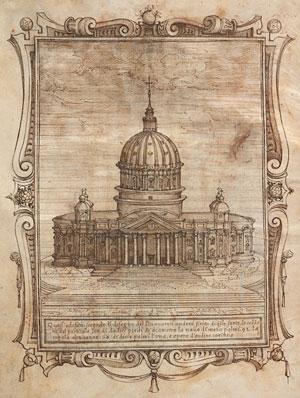
In the early 1500s, Rome's majesty was a distant memory: its marble temples and palaces had been ransacked; its population was a fraction of what it had been in antiquity. Yet, over the course of the next hundred years, the Eternal City would experience an amazing rebirth, as a series of popes rebuilt and revitalized Rome and its population doubled. At the center of this metamorphosis was an unprecedented influx of artistic talent and creative exchange.
It is this remarkable period in art history that is the subject of the exhibition Rome After Raphael at The Morgan Library & Museum. Featuring more than eighty works selected almost exclusively from the Morgan's exceptional collection of Italian drawings, the exhibition brings to light the intense artistic activity in Rome from the Renaissance to the beginning of the Baroque period, approximately from 1500 to 1600.
The exhibition focuses solely on Roman Renaissance and Mannerist drawings, beginning with Raphael and ending with the dawn of a new era, the Baroque, as seen in the art of Annibale Carracci. The exhibition opens a window into the artistic sensibility and lavish patronage of the period, from Julius II—patron of both Michelangelo and Raphael and arguably the most culturally sophisticated of the popes—to his successor Leo X and the "Gran Cardinale" Alessandro Farnese and his nephew Odoardo. Cardinal Ippolito d'Este and the Medici also generated luxurious commissions as they competed to create their own legacies in chapels, palaces, and villas. Numerous drawings in the exhibition are related to Roman projects and commissions, including elaborate schemes for fresco decorations for city palaces, rural villas, and funerary chapels as well as altarpieces, tapestry designs, and views of recently discovered antiquities.
Étienne Dupérac (Paris or Bordeaux 1520–1604 Paris)
St. Peter's Basilica, Unfinished at the Time, According to Michelangelo's Design; MS M.1106
